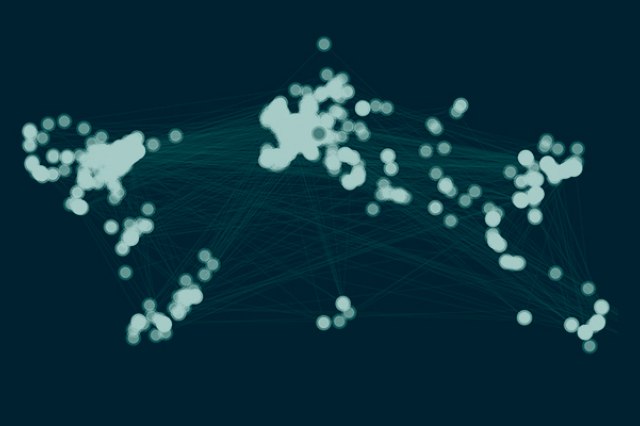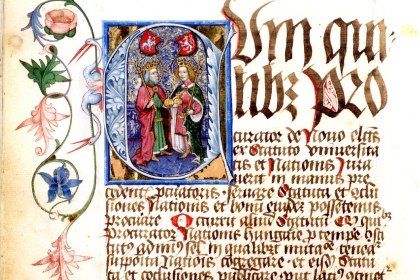Regional – Global
Today, internationality is the mark of a modern research university. The University of Vienna understands itself as an international university with global cooperations and programs for incoming and outgoing mobility of its teaching staff. Student exchange within the European university network is encouraged with large-scale mobility programs.
In the Middle Ages, the University of Vienna already was a hub for mobility among Central European students and teachers. The peregrinatio academica was an integrative part of the university system. The crisis of the universities in the 16th century and the transformation of the Alma Mater Rudolphina to a Habsburg state university changed the situation drastically. Its catchment area was mostly reduced to the Habsburg realm. For a time, the royal subjects were prohibited from studying abroad for denominational and mercantilist reasons.
Although denominational barriers were dismantled at the end of the 18th century, the state still tried to inhibit foreign contact through prohibitions in the first half of the 19th century. This isolation ended with the university reforms after 1848. In a time of mounting national conflicts one still could not speak of real internationality, however. The reduction of borders in the course of the European integration in the 20th century led to new conditions which enabled a vigorously active internationalization of the university (Bologna-Prozess).



